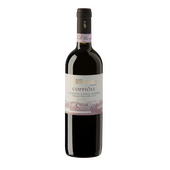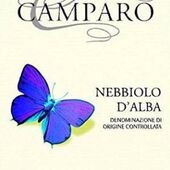Values
Pasta
Pasta, in all its myriad forms, is the unifying link in Italian cuisine. The finest of Italian pasta is made from durum wheat that has become synonymous with flavor, quality, goodness, nutritional value, and a tremendous source of energy. The high-quality durum wheat used for Mantova Organic Pasta is grown in the sunny, fertile soil of Apulia in southern Italy, producing grain that is richer in minerals, vitamins and proteins.
Pasta, along with wine and olive oil, is also part of the great culinary trilogy of Mediterranean culture. The now famous Mediterranean Diet is based on the foundation of nutritious carbohydrates such as pasta matched with a variety of delicious vegetables, cheese, lean meat, fish and seafood. Dieticians acknowledge the importance of carbohydrates in the diet. Our durum wheat pasta has a nutritional makeup consisting of 70% carbohydrates, 10% protein, 1.2% fat, vitamins and minerals (particularly phosphorus, potassium, and calcium). In spite of many consumers’ misguided prejudices concerning carbohydrates, experts agree that pasta is not fattening, but rather a delicious and highly nutritious part of well-balanced diet.
Good quality durum wheat pasta, such as Mantova Organic Pasta and Mantova Organic Whole Wheat Pasta, should have a pleasant scent and a golden-yellowish color that is uniform on the inside when broken. The real test, however, is in the cooking. Properly cooked good quality pasta should not break apart in the boiling water and must only slightly whiten the water with starch residue. This is a sign of high-quality wheat and proper drying techniques.
It’s important to know that pasta, once it is cooked, increases to about three times its original size. For this reason, the pasta pot must be of ample size to accommodate the volume of water necessary and the pasta to be cooked. The ideal proportion is one liter of water for every 100 grams of pasta (about one quart to 3 ½ ounces), and should be salted with 10 grams of salt per liter (about a tablespoon per quart).
To properly cook pasta, bring the water to a boil, add the salt, allow the water to return to the boil (salted water takes longer to boil), and then add the pasta. The temperature of the water will go down when you add the pasta so allow to come back to the boil (covering for a moment helps), stir occasionally, and cook until al dente or “to the tooth” meaning it should still be firm but chewy (remember the pasta will continue to cook for a bit when removed from the water). Once cooked, the pasta should be strained, sauced, and served. Buon appetito!
No posts found




































































































